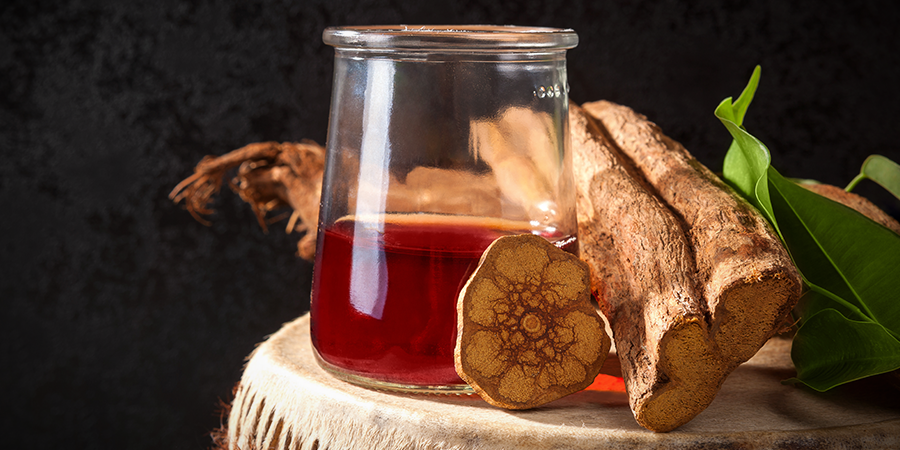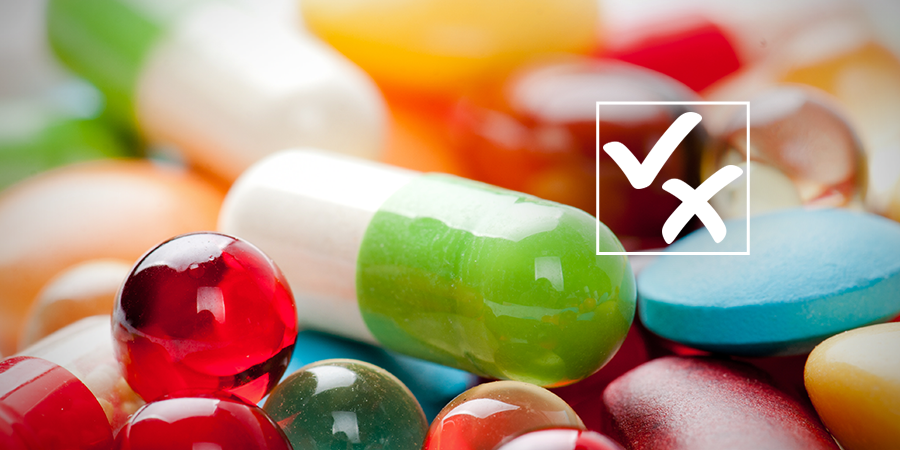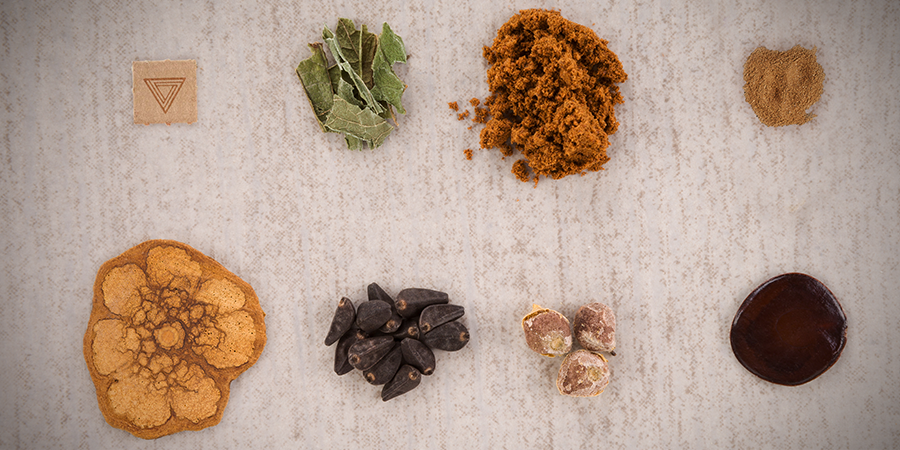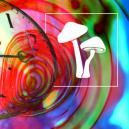What Are MAOIs And How Do They Work?
Published :
August 1st, 2020
Categories :
Products

Explore a detailed breakdown of MAOIs—once the most common antidepressant on the market, these drugs are rarely prescribed in the modern day. But what exactly are MAOIs, and how do they influence psychedelics?
MAOIs belong to a group of drugs best known as powerful antidepressants and anxiolytics. As the first type of commercial antidepressant medication developed, MAOIs were once widely used to treat the condition, as well as various forms of anxiety and panic disorder. Today, MAOIs have largely been replaced by safer antidepressants with fewer side effects, such as SSRIs.
In addition to synthetic MAOIs available as prescription medications, there are also plants that naturally contain these properties. These natural MAOIs have long been used to “activate” the DMT in the spiritual brew ayahuasca, among other uses.
In this article, we take a deep dive into MAOIs, how they work, and their influence on psychedelics.
WHAT DOES MAOI STAND FOR?
MAOI stands for "monoamine oxidase inhibitors". Indeed, these substances naturally inhibit one or both monoamine oxidase enzymes: MAO-A and MAO-B. These enzymes are known to play a role in mental health disorders and neurological conditions as they inactivate monoamine neurotransmitters like serotonin and dopamine.
HOW DO MAOIs WORK?
MAOIs prevent the breakdown of these neurotransmitters so that more of the chemicals are available to the brain. In this way, MAOIs exert effects that can relieve symptoms associated with depression and anxiety. It’s no surprise then that MAOIs experienced a significant tenure as the antidepressant drugs of choice, before more and more accounts of their side effects and drug interactions were elucidated.
COMMON MAOIs

• MAOIs as prescription drugs
Today, MAOIs are usually invoked as a last line of treatment for depression. The three major MAOIs are isocarboxazid, phenelzine, and tranylcypromine, which are available under the brand names Marplan, Nardil and Parnate.
• Natural MAOIs
There are plants that innately feature MAO-inhibiting activity, such as Banisteriopsis caapi (ayahuasca vine), which is native to South America, Syrian rue (Peganum harmala), a perennial, herbaceous plant that grows in desert regions and the Mediterranean, yohimbe, an evergreen tree from Africa, and passionflower (Passiflora), which is a flowering plant that grows in many parts of the world.
With their MAO-inhibiting abilities, these plants play an important role in the creation of entheogenic psychedelic brews like ayahuasca.
MAOI DO'S AND DON'TS

As mentioned above, among the reasons MAOIs are not widely used anymore is that they come with several serious risks and side effects. In addition, they are infamous for their interactions with medications and other substances, which can range from mild to very severe. That said, it's worth noting that some professionals believe the dangers of MAOIs to be overstated, although there is no clear consensus.
SIDE EFFECTS
One of the common side effects of taking MAOIs is orthostatic hypotension, where blood pressure drops when someone moves quickly from sitting to standing position, causing lightheadedness and dizziness. Taking MAOIs can also cause other short-term side effects like drowsiness, insomnia, and nausea.
Long-term side effects from MAOIs include muscle spasms, twitching, muscle pains, oedema (fluid retention), a prickling feeling in the nerves, weight gain, and sexual dysfunction.
INTERACTIONS WITH OTHER DRUGS

MAOIs interact with numerous other prescription and over-the-counter drugs, including certain anaesthetics, painkillers, migraine medications, sedatives, antihistamines, antidepressants, sleeping pills, and allergy meds. Those taking SSRIs such as paroxetine (Paxil), citalopram (Cipramil), fluvoxamine (Fevarin), or sertraline (Zoloft) should abstain for at least three weeks before taking an MAOI; those taking fluoxetine (Prozac) should wait even longer, around six weeks.
MAOIs also interact with other psychoactive substances including, but not limited to, alcohol, cocaine, and mescaline. MAOI use with these substances can be very dangerous, so you should not take any of these at least twelve hours before and twelve hours after taking an MAOI. Be especially cautious not to take MAOIs with a substituted amphetamine such as MDMA, as this combination is potentially lethal.
INTERACTIONS WITH FOOD
MAOIs can amplify the cardiovascular effects of tyramine, an amino acid that regulates blood pressure and is found in common foods including cheese, wine, beer, beans, nuts, chicken liver, yeast, citrus fruits, chocolate, cream, and more. Taking any of these foods while also taking MAOIs can lead to sickness, headaches, and in some cases, hypertensive crisis, a dangerous rise in blood pressure that requires immediate medical attention.
MAOIs AND PSYCHEDELICS

Some plants, like Psychotria viridis, Mimosa hostilis, and Phalaris arundinacea, naturally contain DMT. However, this DMT is not orally active on its own, as the substance is broken down by monoamine oxidase enzymes before it can take effect.
MAOIs inhibit this breakdown, allowing DMT to be orally active for a sustained period. The traditional spiritual medicine ayahuasca, which is used by indigenous peoples of the Amazon region, is typically made from Psychotria viridis (which contains DMT) along with Banisteriopsis caapi, which acts as a natural MAOI. It is this unique combination of plant properties that endows ayahuasca with its powerful psychedelic potential.
How the peoples of the Amazon found out about combining these two plants from more than 40,000 different species in the rainforest will likely remain an unsolved mystery.


















